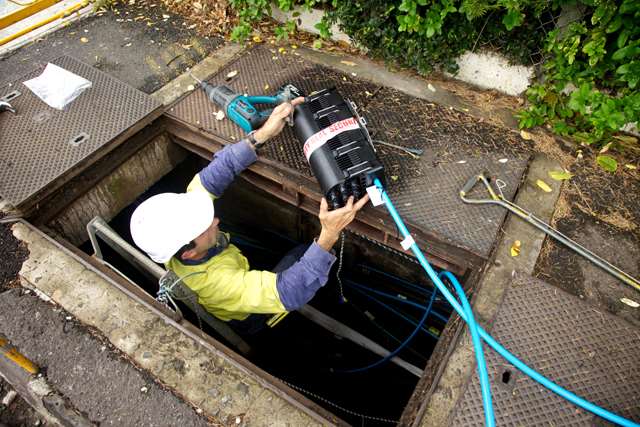Telecommunications analysts hope Malcolm Turnbull’s ascension to Australia’s top job could “unshackle” him from the NBN vision of his predecessor, potentially leading to a higher percentage of homes receiving fibre again.
BuddeComm’s Paul Budde said he believed Turnbull “will have far greater freedom to express his views” on the NBN as Prime Minister – “views that will most certainly be far more liberal than conservative, which the industry would welcome.”
“It will be very interesting to see what happens now that Malcolm has been unshackled from the more conservative level of politics dictated by Tony Abbott,” he said.
Budde “fully understood the political situation” that Turnbull found himself in under the previous “regime”.
“I was grateful to him for saving the NBN from the ‘kill at all cost’ campaign of his predecessor,” Budde said.
“However I hope that he will now express a vision for the NBN.
“While I am happy to leave the technical outcome of such a vision in the hands of the expert engineers I would be greatly surprised if they did not come up with a fibre-to-the-home solution.
“I would be surprised if the view of our engineers turns out to be totally different from those in other countries.”
Ovum’s government technology principal analyst Al Blake said political realities would make it “impossible to go back to the original Labor plan” for a 93 percent fibre NBN.
But Blake believed Turnbull may not have supported the direction the NBN had taken since the Coalition came to power.
“When the incoming liberal government inherited the ‘Labor NBN’, after months of trashing it as a ‘massive white elephant’, it was a political imperative to promote a different approach – resulting in the mixed-mode delivery model pushed for the last two years against the advice of many in the ICT industry,” Blake said.
“Although he was following the party line there was always uncertainty as to how strongly Turnbull personally supported that approach and his elevation to the PM spot may allow for an NBN recalibration.”
Blake said such a recalibration could mean that “the proportion of technologies [in the multi-technology mix] slide further towards FTTP [fibre-to-the-premises]”.
That would mean reversing a trend where the proportion of fibre to be deployed has continued to shrink.
But doing so would mean “world-class broadband performance for a greater percentage of Australians,” Blake said.
Rod Tucker, Laureate Emeritus Professor at the University of Melbourne, believed it was time for the Government to instruct NBN to revisit the costs of various rollout options laid out in the Coalition’s 2013 strategic review of the network project.
He – and other analysts – believed fibre was being rolled out much more cheaply than NBN’s estimates.
“The Coalition’s Strategic Review and Cost Benefit Analysis, rushed through in late 2013, are both out of date,” Tucker said.
“Some of the key costing and broadband usage assumptions used in these exercises are at best inaccurate, and in at least one case they have been discredited.”
Shadow Minister for Communications Jason Clare urged the Government to consider a “bi-partisan” solution to address the NBN’s challenges.









